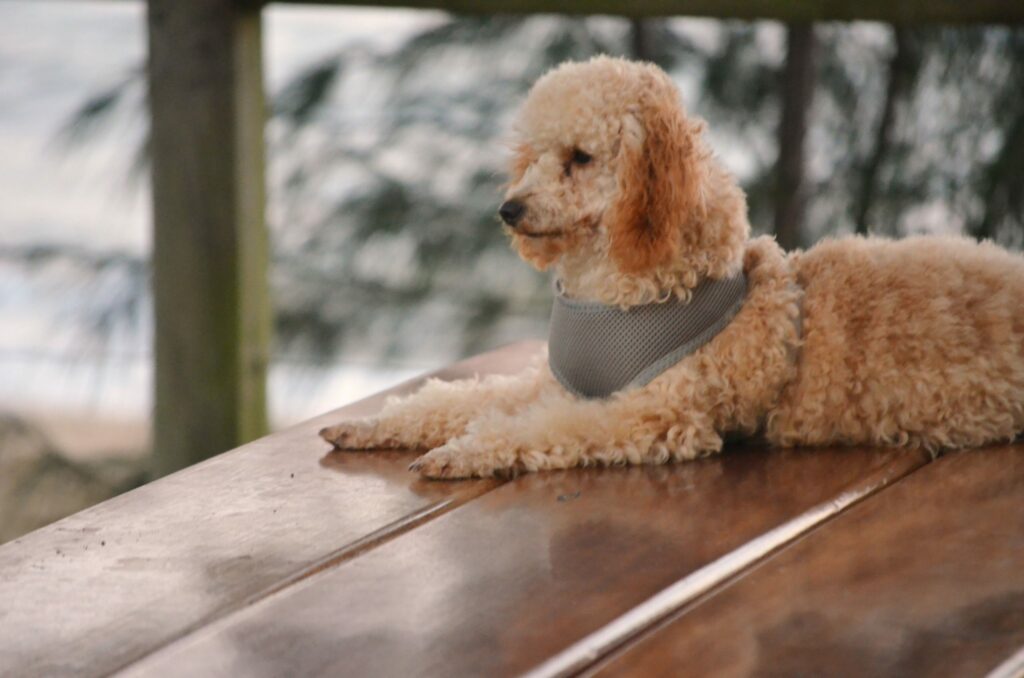Buying a dog is a complex matter. When you buy a dog, the adventure really begins, but before that you have to think about many topics.
From A for agility to Z for time, we’ll show you all the issues that will affect you with a dog.
I buy the dog that is especially cute and makes me go soft with its loyal beady eyes.
A puppy is a cute dog. Still completely clumsy, he is on the move and has more fluff in his head than there are nerves in humans.
But what is important when the first dog is a puppy? Often the puppy is bought with the thought that it is much cuter than an adult dog. You just melt away.
Just looking at a puppy, at least as a beginner, gives you no idea how this dog will develop later, what kind of character it will have and whether the bond between you will still be full of heart in a few years.
Considerations before buying a dog
Buying a dog is not a simple matter. Your new darling cannot be bought so easily in a bookshop. A book is easy to pick out and pay for. You read the book once and put it down again, maybe a second time if the book has fascinated you so much.
But with a dog, the work really begins after the purchase. Before that, you have to think about a few things:
- Which breed suits me?
- Price of a dog
- Where do I buy the dog?
- What do I want to do with the dog?
- Male or female?
- Do I understand dog language?
- Can I keep a dog while working full time?
- Are there dog training schools near me?
- Do I have enough in reserve for food, vet and other things?
- Do I want to take the dog with me on holiday?
We will now take a closer look at these preliminary considerations.
Breed and price of a dog
There is a wide variety of breeds of dogs, so the main thing here is to find out which group type of dog you would like. Hunting dogs, for example, have a different go than social and companion dogs.
In addition to the size of the dog, depending on the breed, training is either easier or only suitable for experienced owners.
We have two good comparisons of popular breeds here.
The variety of dog breeds is huge. Often you will find two similar dog breeds that fascinate you.
Take your time to read up on them, and you’ll think one dog breed is it! We have compiled all breed comparisons here.
Price-wise, dogs from the shelter start around 200€ and can go up to well over 1500€ at the breeder.
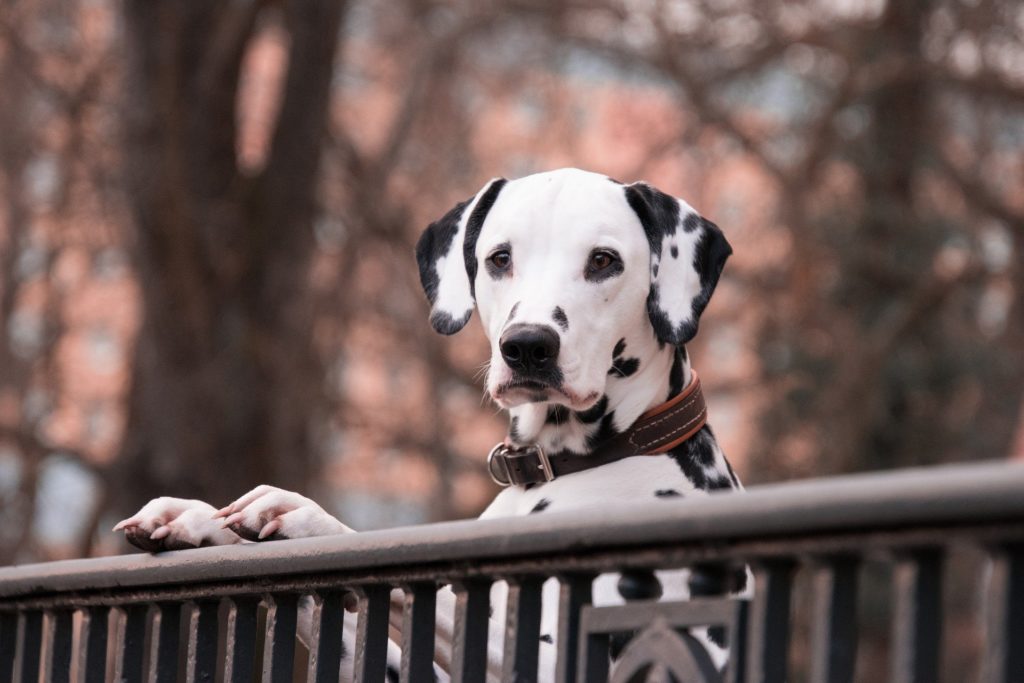
Where do I buy the dog?
There are many places to buy dogs, besides the classic options, you can also look for dogs in need.
- Breeder
- Animal shelter
- Classifieds
- Dogs in need
- From acquaintances
The breeder is the first address when it comes to purebred dogs. Often puppies are sold which have learned the basics in the first few months.
Surely you have already been shocked by the prices at breeders. A puppy from a good breeding is a lot more expensive than if you get to a multiplier.
Besides the real gold breeders, where you are allowed to see the parents, where you get lots of tips and where you can always contact your breeder/seller if you have any questions, there are also black sheep.
Black sheep are breeders who, for example, do not want to issue a passport for the pedigree dog, where you are not allowed to see the parents because they just need “rest” or you are put under pressure to take the dog now, on the spot, much too young.
Not to mention faulty or completely lacking education.
In the shelter, the dogs are often older. The shelter dogs have the most diverse stories, but also often serious problems. Sometimes, however, there are real gems there.
Small ads often hide “breeders” who are simple multipliers abroad and want to make a fast buck. If at all possible, keep your hands off dubious ads for sale! A pedigree dog for 200€? That can’t be real – often it’s a mongrel.
A puppy can easily cost around 2000€ – you can find out all the details in our puppy article.
Last but not least, contacts through acquaintances are also helpful. If the neighbour’s dog can no longer be kept because the owners have to go to a home, maybe you can take over the dog?
What do I want to do with the dog?
Every dog by nature has different requirements. So dogs are also classified according to their species. The groups are specified according to FCI.
We do not list them all now, but limit ourselves to the most important ones. The following classifications are made:
- Herding dogs
- Protection and hunting dogs
- Dachshunds
- Spitz dogs and primitive type
- Running dogs
- Companion dogs
- Sighthounds
This classification has been made for breeding purposes, so that uniform standards apply.
But I don’t want to breed – what is the point of this list?
This list will give you a sense of which dogs are bred for which purposes. For example, herding dogs have different qualities and characteristics that they naturally want to live out than running dogs.
And that’s what’s important when you’re choosing a dog breed. For example, companion and companion dogs were bred to be with you and stay loyal to you.
Large dog breeds are a different story. The Golden Retriever or Labrador Retriever, on the other hand, is a retriever and these are ideal as a family dog.
If you are interested in a dog that loves to hunt, the Beagle could be the dog you are looking for.
Male or female
On the one hand, there are prejudices between the sexes, on the other hand, there are increasing voices that the difference between male and female dogs is influenced by the breed and the upbringing.
Females can be bitchy towards other dogs, but males are said to be more frugal. In older years of life, bitches usually become calmer and males remain as lively as they were in their younger years. But it doesn’t have to apply to every dog.
What they both have in common is that you should first and foremost choose a dog that appeals to you. Pay attention to your dog’s behaviour.
If you are looking specifically for a family dog, there are some aspects you should also consider.
Dog language – communicating in dog language
If you have never had a dog before, it is helpful to take a closer look at dog language.
This will help you to recognise whether your dog is happy, wants to be left alone or is even threatening. You will be able to react better to your dog.
Positive traits include tail wagging and a joyful demeanour. A more dangerous type is growling and snapping. Biting should never be tolerated.
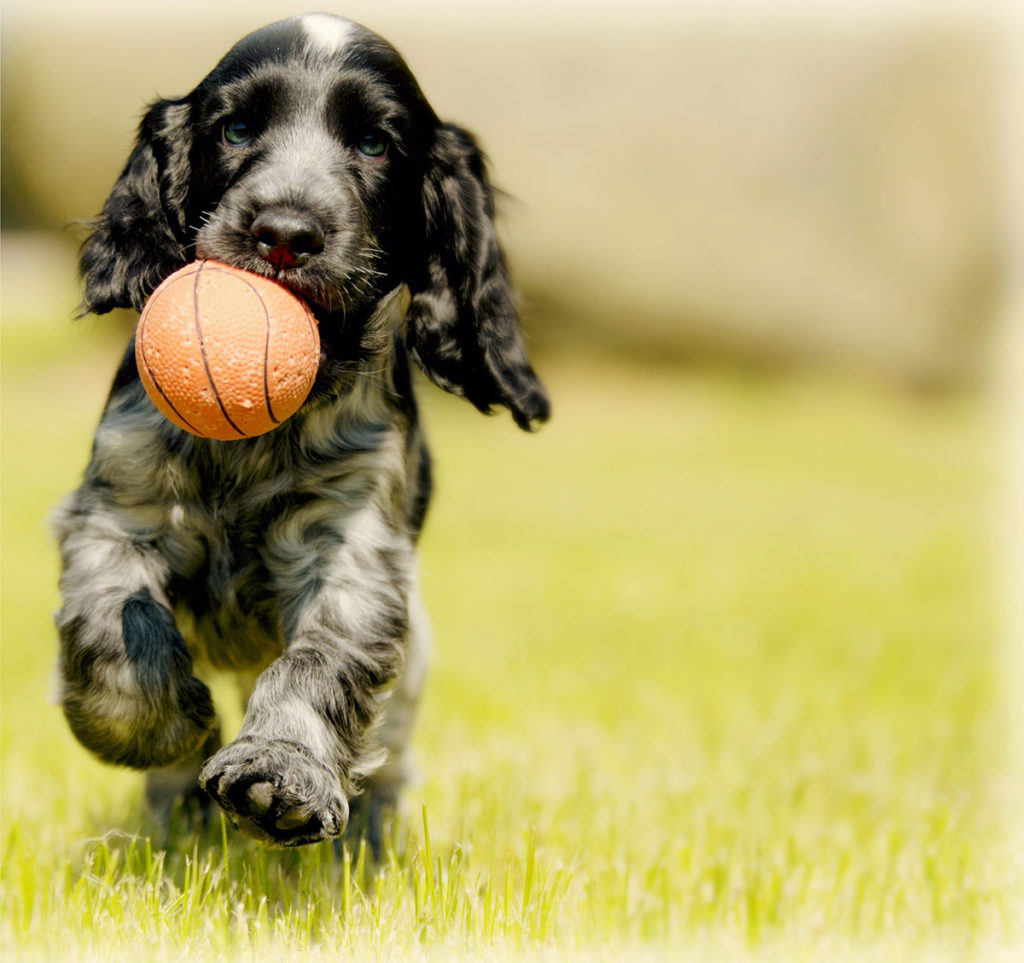
Can I keep a dog if I have a full-time job?
With a full-time job, you are in the office from about 8 am to 4 pm and cannot give your dog any exercise. Especially as he would have to be left alone during this time.
Maybe your employer allows home office or you can bring the dog to the office on some days – provided your dog is well behaved.
Otherwise, you need to have someone to exercise your dog. Your family could step in, but there is also the option of hiring a dog sitter.
For a flat fee, your dog will be looked after with other dogs during the day. Of course, this begs the question: did you buy a dog so that you could always give it to a dog-sitter?
If you have to work and you work shifts or have a job that is difficult to combine with a dog, we have tips for you here on where you can look after your dog in your absence.
Are there dog schools near me?
There is no obligation to attend a dog school. And if you take time for your dog, have an understanding of the dog’s psychology and don’t shy away from difficulties, you don’t need a dog school.
In everyday life, however, it is always difficult to do justice to the dog and his “quirks”. You don’t always understand why your dog does something. You misinterpret some things or are too close to it as a dog owner. In this case, a dog school is a very good place to go to catch you and your four-legged friend and show you both how to do things properly.
What is offered in a dog school?
Dog schools have the task of restoring the balance between dog and owner. You should not expect miracles.
If you go to a dog school with problems, you and your dog will usually have to break the bad habits.
This takes time and practice. In dog school, you will learn how to do it properly and how to practise correctly. You go to training once or twice a week and practise together with other owners and their dogs. Individual training is also possible.
What should you not experience in a dog school?
As in every industry, there are also black sheep in the field of animal training. Once you have researched and chosen a dog training school, always ask for a trial lesson first.
Reputable dog schools will offer you this without you having to sign a binding contract. During this trial session, you should pay attention to how the dog trainer treats the animals and the people. He or she should be considerate, approach fearful animals carefully and gently, but at the same time set clear boundaries.
Aggressive behaviour of the dogs must not be encouraged. It is also forbidden to train dogs by force. Instead, good trainers rely on rewards and timely intervention. And of course, the trainer should take you and your problems seriously.
A puppy playgroup for the little ones
Many dog schools offer puppy playgroups. If you have a puppy, you should accept this offer. The aim is not to solve problems, but to bring the little four-legged friends together with other puppies and let them play.
Although this can also lay the foundation for further education at home, the first priority is to play with puppies of the same age and size. This is an important part of the dog’s imprinting phase.
A dog school for the dog licence
In some federal states in Germany, dog owners have to take a dog licence to prove that they are capable of handling the dog and its needs.
This procedure differs depending on the federal state. As a rule, however, dog owners must complete a few training sessions with a dog trainer in order to obtain the dog licence.
Since some theoretical questions are not so easy to answer, many dog owners feel more confident if they have contact with a dog school and are specifically prepared for the dog licence there.
Again, this can be done in groups or one-to-one training, and aims to pass the test safely so that dog and owner can be on the road together.
How much financial provision do I have for the dog?
A dog costs a fixed amount each month, plus incalculable costs.
- Food costs
- Medication
- Accessories
- Vet bills
- Taxes
The biggest and hardly changeable item is the dog tax. This is due annually and can amount to up to €800 if you want to keep a fighting dog in Munich.
Here are a few examples of taxes:
- Wuppertal 160€/year
- Essen: 156€/year
- Aachen: 120€/year
- Dresden: 108€/year
- Goehrwil: 200€/year – top, no municipality charges higher taxes.
Of course, one could argue, I’ll move to a place where the tax burden is lower. But does that make it worthwhile? For a resident of Göhrwil certainly, for everyone else it has to be weighed up.
In the course of the dog’s life, you will certainly buy some leashes, baskets and toys. This sum is difficult to quantify.
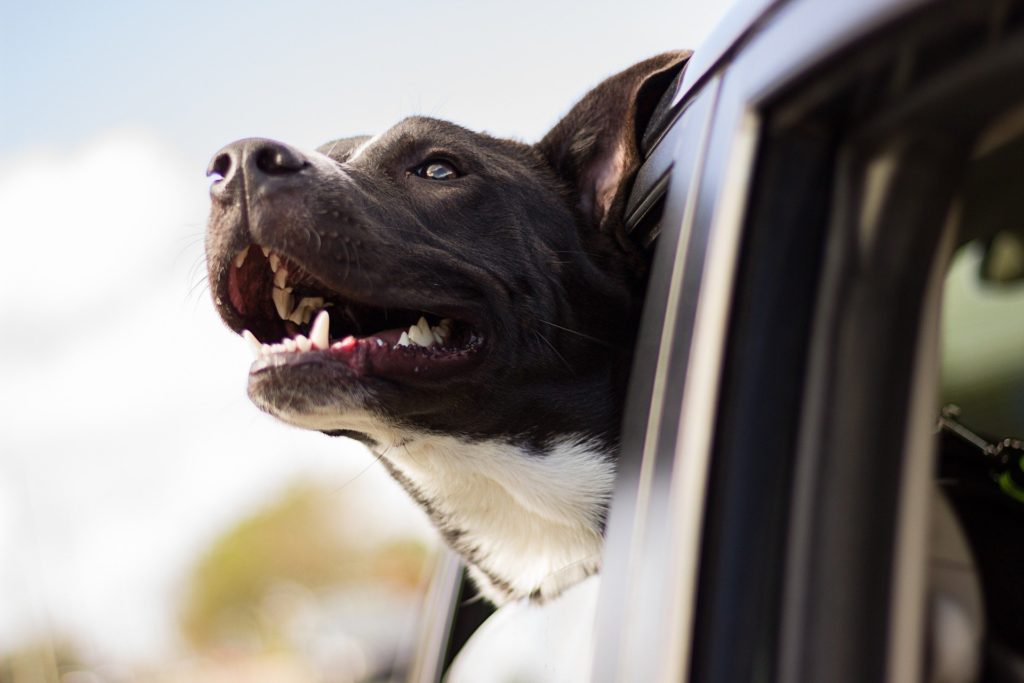
Can I take my dog on holiday with me?
There are special holiday offers for travelling with a dog. In principle, there is nothing wrong with taking your dog on holiday, but your dog should have had good training.
It is also important to keep your dog’s vaccinations up to date, because injuries can be particularly dangerous if the dog’s immune system is not up to date. And afterwards, the vet at the holiday destination won’t have as much idea as the regular vet at home.
Of course, the physical condition is an important characteristic. The breed also plays a role in whether the dog can be taken for long walks or a crossing of the Alps.
If you want to go on holiday without your dog, a boarding kennel is the right place to go. Your dog can spend his holiday there while you are lying on the beach on the other side of the world. This way, your pet saves on the flight and you save on the extra costs.
What accessories do I need for my first dog?
In the beginning, you will need a collar with a lead or a harness for the walks, as well as the right food for your new dog. A bowl for your dog to eat in and one for water.
Chew bones and toys are suitable for keeping your dog occupied. To give your dog a quiet place to sleep, a basket is essential.
Some dog owners let their dogs sleep in a kennel in the garden, but it should be clear to you that this is not necessarily appropriate for the species.
You will need these accessories for your dog in the beginning:
- Collar
- Leash or harness
- 2 bowls
- Food
- Chew bone
- Toy
- Basket
That is all. You don’t need much more at the beginning. During your time together you will certainly buy more.
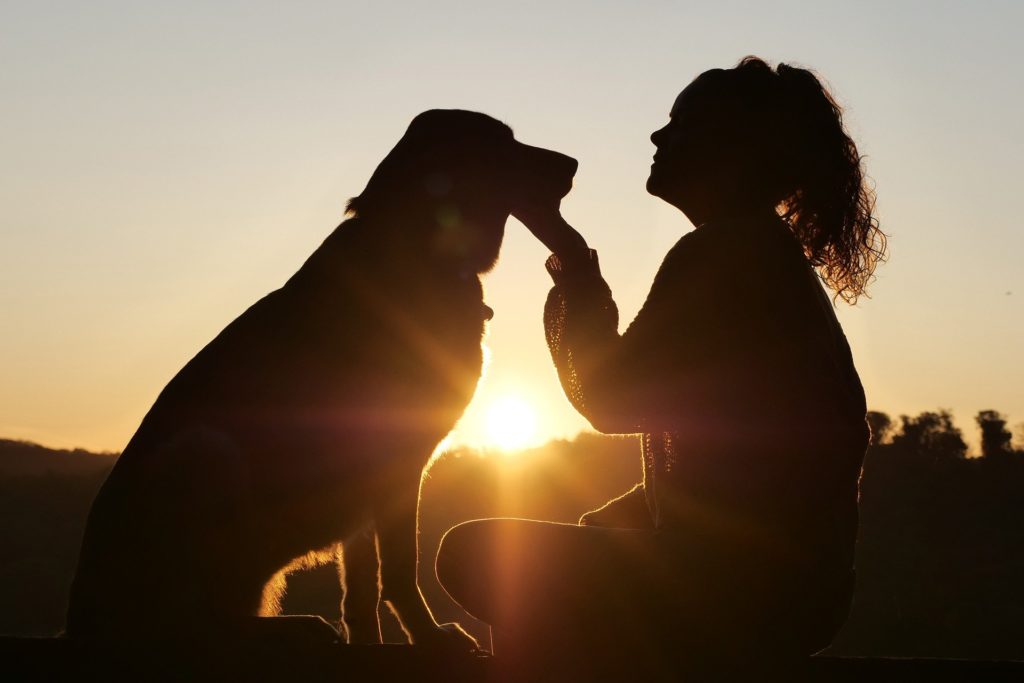
Feeding a dog
In order for your dog to maintain its ideal body weight, a species-appropriate diet is essential. This tailored diet will allow your dog to reach its full energy potential.
The breed and activity level also have an influence on the choice of food. Working dogs, for example, need food that provides a lot of energy.
Normal family dogs usually only exercise when they go for a walk and therefore get food that contains protein, vitamins and other important nutrients, but is not as high in calories. The manufacturers usually indicate on the packaging which breeds, sizes and age groups the respective food is suitable for.
Diseases are not specially promoted and if the right food is given from an early age, the vet is not a daily companion. Because vets also cost a lot of money for dogs.
What is available on the market, what can my dog be fed?
- Raw food
- Canned food
- Dry food
Wet or dry food – which is better?
In general, it is important that the dog is fed as species-appropriate food as possible. Whether you prefer to give canned or dry food is an individual decision. With both types of food it is important that you pay attention to a high meat content and that the food does not contain any artificial preservatives, sugar or colourings.
Dry food has the advantage that the dog gobbles less. In addition, the relatively rough surface of the individual pieces of food ensures that dental plaque is removed.
Wet food, on the other hand, has the advantage that most dogs like to eat it very much and take in a lot of moisture when eating it.
Some dog owners also opt for a mixture of dry and canned food – this way your dog benefits from the advantages of both types of food.
Barf – why raw feeding is in vogue
If you want to feed your dog a healthy and species-appropriate diet, you can use the barf method. This involves giving your dog raw meat, offal, fresh vegetables, fruit and herbs instead of ready-made food.
However, this method is more suitable for experienced keepers who can assess exactly which nutrients the animal needs. Raw feeding also costs a lot of money and time, which you have to invest in purchasing, preparing and storing the fresh food.
Of course, it is also possible to feed the dog partly raw and partly with conventional food.
Puppy – Junior – Senior
If you get a puppy, you should buy special puppy food. Young dogs are still growing. They need more energy and nutrients than adults. On the other hand, if you get a senior dog, for example from a shelter, it will get special food for older dogs.
Exceptions to this rule are dogs with allergies, intolerances and chronic diseases. If you own such a dog, it is best to discuss the choice of the right food with your vet.
And how often do I have to feed now?
This depends on age and starts with up to 4 times a day for puppies. Adult dogs can manage 2 to 3 times a day.
The time of day is also crucial. It is not enough to simply put the portions out for the dog. What time to feed your dog – you can find out more there.
It’s all about quantity, because your dog shouldn’t eat it all at once, but should be given small portions at regular intervals. Your dog’s stomach is designed for these portions.
Conclusion: Buying a dog
Buying a dog is easy, but the real excitement starts right after. It makes sense to think about the basics before buying a dog.
Ideally, the dog will accompany you for many years. So it is only fair to get involved with the dog and read up on all the issues.
There is a lot of variety with a dog, from feeding to accessories and toys, there can always be new issues that you don’t know about.
You offer a dog a new and species-appropriate home and in return the dog is your faithful companion for many, many years.

